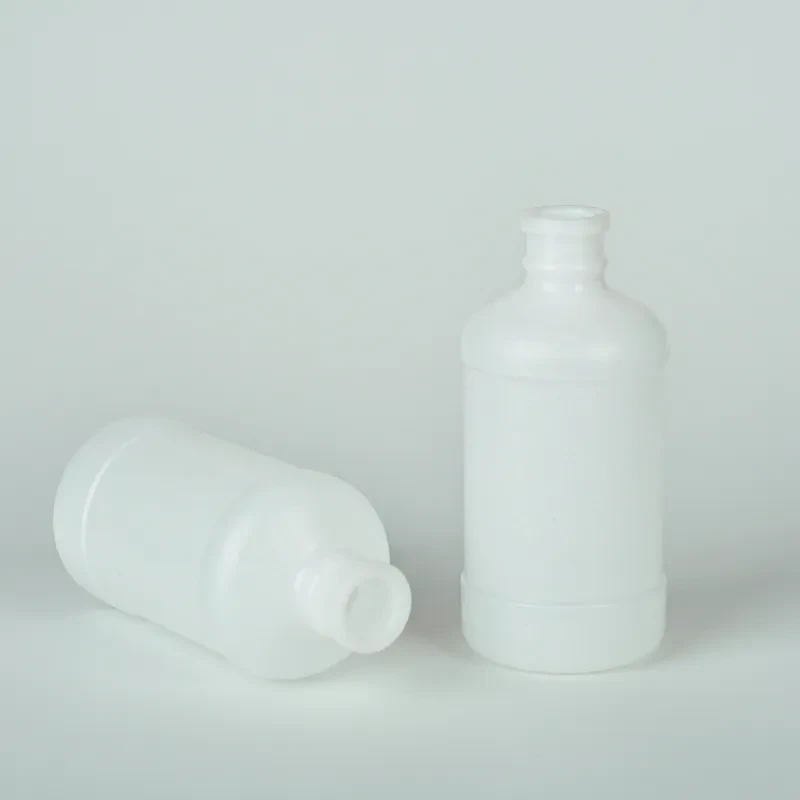amber reagent bottle uses
Understanding the Uses of Amber Reagent Bottles
Amber reagent bottles are an essential tool in laboratories and various industrial applications due to their unique properties. These bottles are tinted amber in color, which plays a critical role in protecting sensitive contents from light exposure. In this article, we will explore the various uses of amber reagent bottles, their benefits, and considerations for their proper utilization.
What are Amber Reagent Bottles?
Amber reagent bottles are specialized glass or plastic containers designed to store chemical reagents and other laboratory materials. The amber tint is achieved by adding specific compounds during the manufacturing process, which filters out harmful ultraviolet (UV) light that can degrade sensitive contents. These bottles are available in various sizes and are typically sealed with airtight caps, ensuring the integrity of the stored materials.
Chemical Storage and Protection
One of the primary functions of amber reagent bottles is to store light-sensitive chemicals. Many reagents, such as certain pharmaceuticals, essential oils, and biological samples, can degrade, oxidize, or lose potency when exposed to light. Amber bottles provide an effective solution to this problem, allowing researchers and technicians to maintain the stability and effectiveness of these chemicals. For instance, substances like vitamin A, which can degrade rapidly under UV light, are best stored in amber bottles to preserve their integrity for longer periods.
Laboratory Use
In research laboratories, amber reagent bottles are commonly employed for the storage of volatile liquids, solvents, and other chemicals. Their design allows for safe handling and minimizes the risk of contamination. Additionally, these bottles are often labeled clearly with the contents and hazard information, ensuring that personnel can easily identify and manage the chemicals stored within. The use of amber reagent bottles in laboratories ensures compliance with safety standards and practices, protecting both the users and the environment.
Industrial Applications
amber reagent bottle uses

Beyond academic and research settings, amber reagent bottles find extensive applications in various industries, including pharmaceuticals, cosmetics, and food processing. In the pharmaceutical industry, for example, many biologically active compounds are stored in amber bottles to prevent photodegradation and ensure product efficacy. Similarly, in the cosmetics sector, certain essential oils and fragrances are packaged in amber bottles to maintain their quality and fragrance stability over time.
In addition to their protective qualities, amber reagent bottles are also desirable for their aesthetic appeal. The tinted glass presents a classic and professional appearance, making them suitable for retail environments where product presentation matters. For food processing, amber bottles can help maintain the quality of oils and extracts by blocking out harmful light, extending shelf life and ensuring consumer safety.
Environmentally Friendly Option
Many amber reagent bottles are made from recyclable materials, making them an environmentally friendly choice for chemical storage. Their durability and reusability further contribute to reducing chemical waste. Laboratories and industries are increasingly aware of their environmental impact, leading to a heightened demand for sustainable solutions. By choosing amber reagent bottles, organizations can align their practices with environmentally responsible strategies.
Considerations for Use
When using amber reagent bottles, several considerations must be taken into account. First, it is essential to ensure that the bottle is compatible with the stored chemical. Some harsh chemicals may react with certain plastics or even glass, leading to contamination or deterioration of the bottle. Second, proper labeling is critical for safety and traceability. Clear identification of the contents, including hazard symbols, is necessary to prevent accidental exposure or misuse.
Moreover, regular inspections of the bottles for cracks or damage can prevent leaks or spills that could pose safety risks. Finally, it is vital to adhere to storage guidelines pertaining to temperature and ventilation to maintain the stability of the stored chemicals further.
Conclusion
Amber reagent bottles play a pivotal role in the safe storage and handling of chemicals across various sectors. Their ability to protect light-sensitive materials, coupled with their aesthetic appeal and environmental benefits, make them a favored choice among researchers and industrial professionals alike. By understanding their uses and best practices, users can ensure the effective storage of critical materials, ultimately contributing to safer and more productive laboratory and industrial environments.
-
Aesthetic Makeup Spray Bottles | Fine Mist Empty RefillableNewsAug.19,2025
-
White Plastic Veterinary Vaccine Vials | Lab Liquid BottlesNewsAug.18,2025
-
Plastic Medicine Liquid Bottle: Secure Flip Top Drug VialsNewsAug.17,2025
-
Durable 250ml Blue Plastic Vaccine Vial for Lab & Vet UseNewsAug.16,2025
-
Sterile Virus Sample Tubes: Secure & Reliable Specimen CollectionNewsAug.15,2025
-
White 250ml Plastic Vaccine Vial for Lab & Vet MedicineNewsAug.14,2025
























